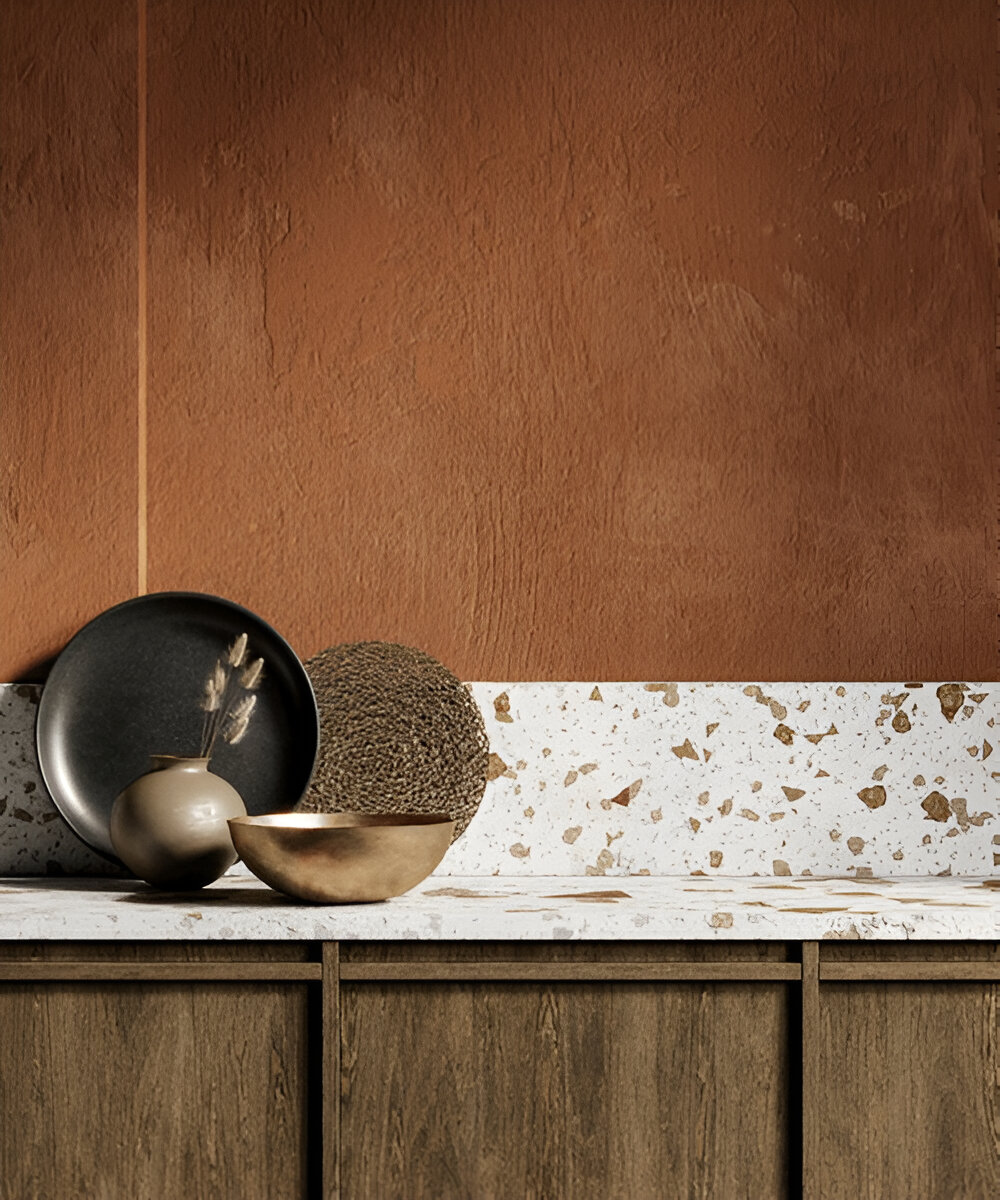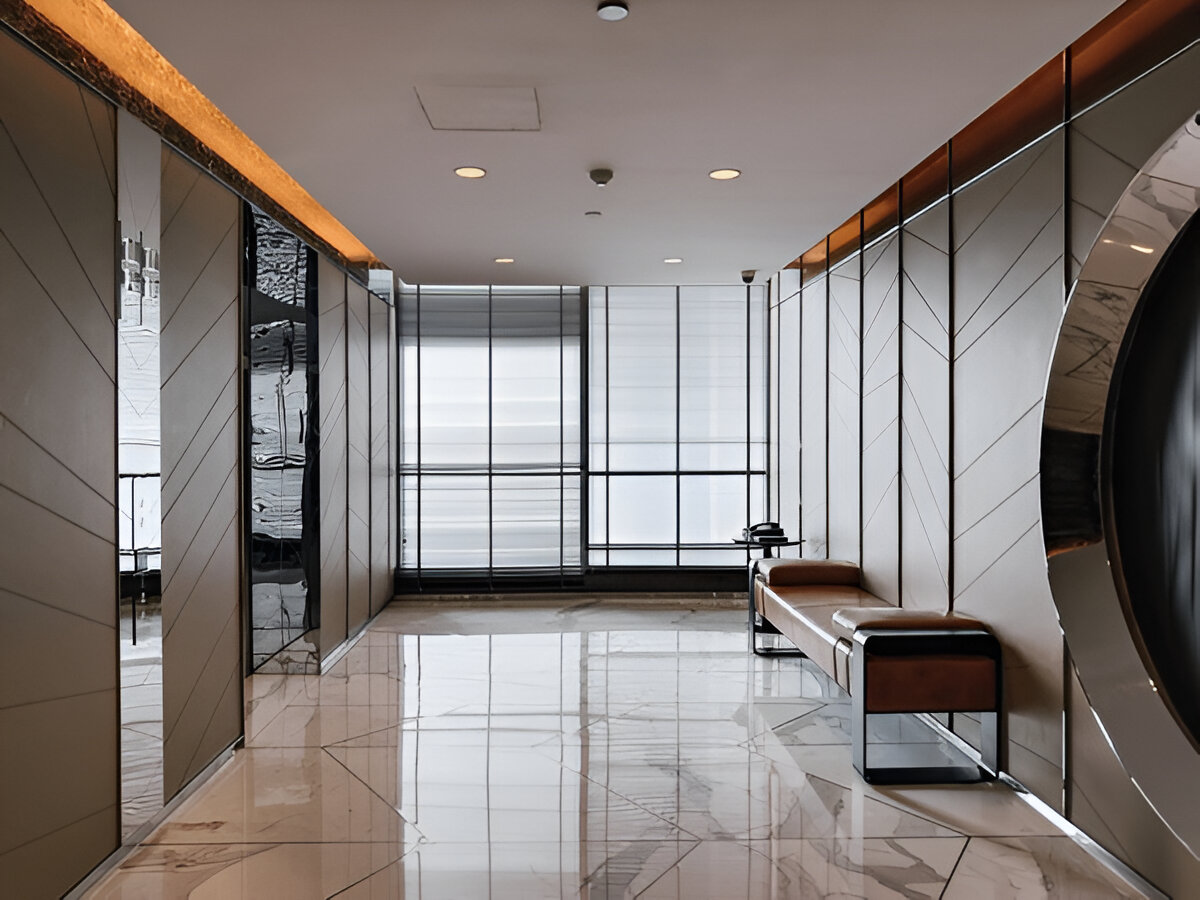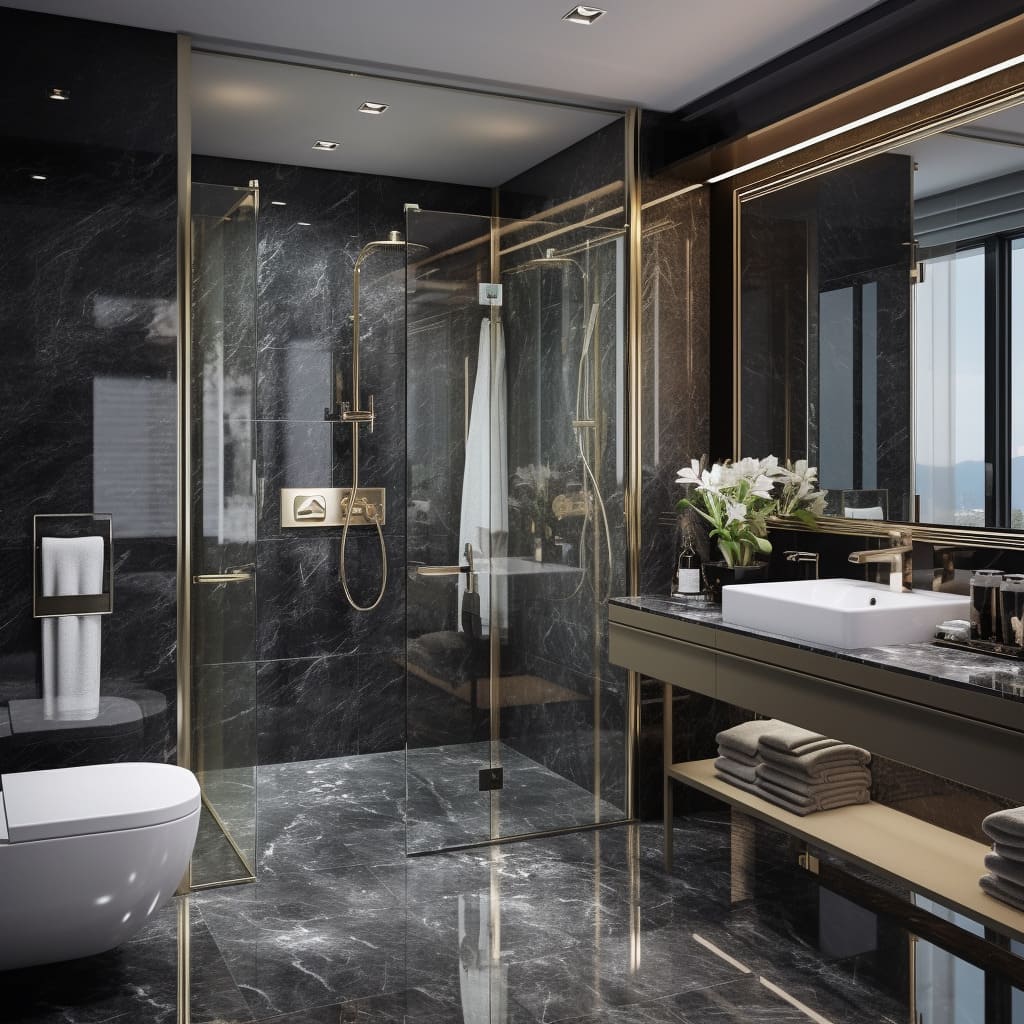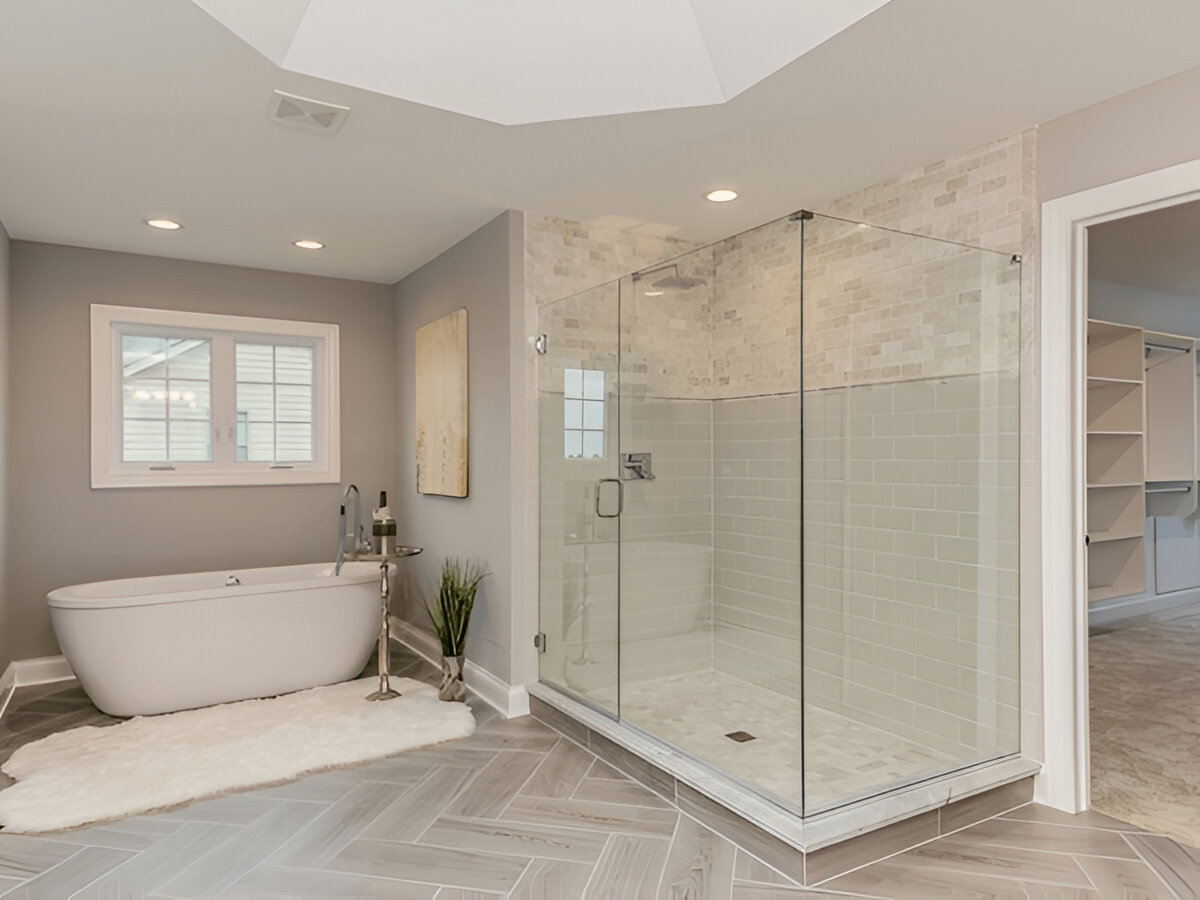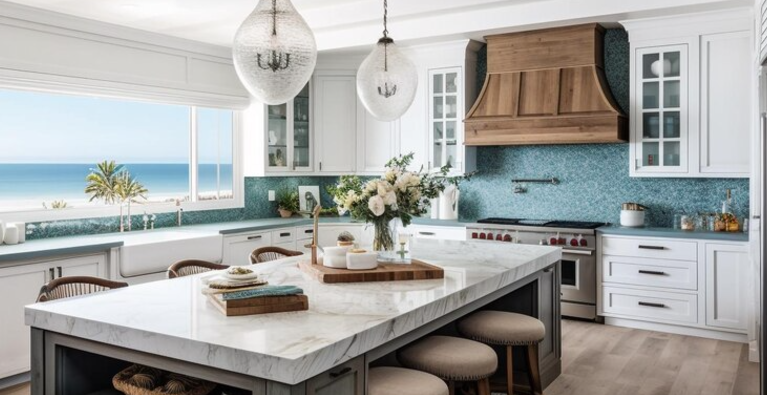Vein Cut Travertine! All Details About Turkish Cut Travertine!
Date : 27.07.2024
Vein cut travertine is formed as a result of a natural process influenced by underground waters. Vein cut means straight cut or classic cut.
We have explained all the details about vein cut travertine in our subheadings. Let's examine it in detail!
What is Vein Cut Travertine?
"What is vein cut travertine?" is one of the frequently researched questions. Vein cut, also known as Turkish cut, is a marble cutting style.
Vein cut refers to the vertical cutting of these stone types formed by the influence of underground waters, without disturbing the traces on them. It can also be called water path or vein path because natural traces form on this cut in the shape of a water path or vein.
The color tones of these travertines are beige, gray, cream, and brown. Travertines are extracted from quarries in Denizli, Sivas, and Afyon cities. Although these travertines have a soft structure, they are quite durable.
Vein cut travertine is used in many places due to its aesthetic appearance with its cuts and colors. Let's list where vein cut straight cut travertine is used in bullet points.
Vein Cut Usage Areas
- On bathroom floors and wall coverings
- On pool edge floor coverings
- On exterior facade coverings
- As decoration in space designs
- On stair steps
- In workplaces
- Kitchen countertops
- As decoration in restaurants
Travertines, which have a durable structure, are preferred in many areas with vein cut. They have a natural and warm appearance, offering an aesthetic look to the area where they are used.
What is American Cut Travertine?
Let's continue our article with the question "What is American cut travertine?", which is another type of travertine cut. Also known as cross cut, in this cut, the surface part of the travertines has a more flawless and smooth appearance.
American cut is formed by horizontally cutting travertine blocks. This prevents the formation of natural traces. This type of cut, which can generally be used in most areas, adds an elegant air to the area where it is applied.
Now, let's list the cross cut usage areas in bullet points.
Cross Cut Usage Areas
- As floor and wall covering in living rooms and bedrooms
- In workplaces
- In interior and exterior spaces
- As wall covering in the kitchen
- As decoration
- Stair steps
- In pool edge flooring
American cut travertines are flatter due to their cutting style, so they are also used in edge processing depending on preference.
Let's take a look at these edge processes.
Edge Processes
- Herringbone Edge Processes
- Antique Edge Processes
- Roughly Broken Edge Processes
Let's explain these edge processes in more detail.
Herringbone Edge Processes
It is a round pattern processing on ceramics and tiles found in travertines. It can be preferred in areas such as bathrooms, kitchens, and living rooms.
Antique Edge Processes
It is an aging process applied to give travertines an old appearance. It is generally used for decorative purposes. It is used in interior designs in spaces.
Beveled Edge Processes
It is the shape made according to the request of the person who will have the edge processes done on travertines. It is used in decorations and coverings in homes and workplaces.
Roughly Broken Edge Processes
This process is also called rustic breaking. It is the application where edge processes are made by roughly breaking travertine blocks. It is generally preferred in furniture such as tables and coffee tables.
American cut travertine type is also used in many areas. They have color tones such as beige, brown, and gray. They are frequently preferred both for their colors and their smoothness.
What are the Surface Shapes of Vein Cut and Cross Cut?
Let's answer the question "What are the surface shapes of vein cut and cross cut?", which are types of travertine cuts.
Travertines, which have a porous structure formed from a natural stone type, undergo some processes. Vein cut travertines gain a natural appearance from water path traces by being cut vertically. In cross cut, a flatter and smoother horizontal cut is provided.
Cross cut cuts undergo more surface treatment. However, Turkish cut travertines can also undergo surface treatments depending on the areas where they will be used.
Let's take a look at vein cut and cross cut surface shapes.
Vein Cut and Cross Cut Surface Processes
- Honing
- Brushing
- Polishing
- Filling
- Aging
- Raw surface
Let's examine the vein cut and cross cut surface processes in detail.
Honing
It is formed by abrading the surface parts of travertine blocks with a special machine. A semi-matte appearance is obtained.
Brushing
It is the process of abrading the surface part of travertine tiles with special brushes. It is done to obtain an old appearance. It is generally used on pool edges.
Polishing
It is the process of abrasively wiping and polishing the surface part of travertine blocks in their state when they are brought from the quarry. It is generally used in commercial areas.
Filling
It refers to filling the natural porous parts of travertines optionally. It is a filling process done with special cement or stone powder.
Aging
The surface part of travertine stones is abraded by rubbing against stones and each other in drums called tumblers. This process is called aging. It is frequently preferred in outdoor spaces as it gives an antique appearance.
Raw Surface
It is the natural appearance of travertine blocks extracted without processing. It is generally used in this way in cuts we call vein cut.
What are the Differences Between American and Turkish Cut Travertine?
Travertine is one of the natural stone types. There are two cutting styles for these stone blocks: American cut and Turkish cut. So, what are the differences between American and Turkish cut travertine?
Let's answer this question in bullet points.
Differences Between American Cut and Turkish Cut
- Classic vein cut straight cut travertine is formed by vertically cutting blocks extracted in their natural form. As a result of this cut, water path and veined traces appear.
- American cut, also known as cross cut, prevents water path formation by being cut horizontally, unlike Turkish cut.
- While there are natural traces in Turkish cut blocks we call vein cut travertine, American cut is flatter.
- While surface processes are more often applied to American cut blocks, raw surface is more preferred in Turkish cuts.
- Edge processes are optionally applied to American cuts. These are herringbone edge processing, roughly broken edge processing, and rustic edge breaking processing. However, these processes are not applied to Turkish cut as it is a classic straight cut.
In this article, we have discussed in detail what vein cut travertine is, how it is made, and what its usage areas are. If you liked this kind of article, you can visit our page.
You May Be Interested In: "Marble Quarries in Turkey: The 4 Most Famous Marble Regions!"

.jpg)
.jpg)
.jpg)
.jpg)
.jpg)
.jpg)

